Possessing the inherent potential and advantages of poetic and charming natural scenery, An Giang tourism industry is trying and making efforts to develop rapidly to become the province's key economic sector. In addition, An Giang has many ethnic groups and religions living together for a long time, creating rich and diverse national cultural values expressed through ethnic cultural festivals, traditional craft villages, and unique cultural architecture.
An Giang has 91 ranked relics, including 2 special national relics, 28 ranked national relics and 61 ranked provincial relics. Typical examples include: President Ton Duc Thang Memorial Site on Ong Ho Islet (My Hoa Hung Commune, Long Xuyen City) to visit the temple, visit the childhood memorial house and learn about the life, background, career, and revolutionary activities of Uncle Ton - an outstanding leader, a close comrade of Uncle Ho. Or the Tuc Dup Hill Historical Relic Site (Tri Ton District), also known as the "2 Million Dollar Hill" associated with the heroic 128-day and night battle of the army and people of An Giang in the resistance war against American imperialism. Sam Mountain National Tourist Area (Chau Doc City) with a complex of historical and cultural relics, such as: Ba Chua Xu Temple on Sam Mountain, Tay An Pagoda, Thoai Ngoc Hau Tomb, Hang Pagoda with unique architecture recognized as a national architectural and artistic relic associated with the mysterious legend of the time of land reclamation and opening up of An Giang land. Xvayton Pagoda (Tri Ton District), a more than 300-year-old pagoda with unique art, typical of pagoda and tower architecture, where many palm-leaf scriptures of the Khmer ethnic minority in An Giang are kept. Or, the Oc Eo cultural relic complex in the Oc Eo - Ba The relic site (Thoai Son District) - where vestiges of the ancient nation of Phu Nam are preserved. The national architectural and artistic relic Mubarak Mosque (Tan Chau Town) - one of the oldest mosques, has a unique architectural and artistic style, bearing the typical cultural features of the Cham ethnic minority in An Giang.
Notably, on December 4, 2024, in the capital Asunción, Paraguay, within the framework of the 19th Session of the Intergovernmental Committee for the Safeguarding of the Intangible Cultural Heritage of 2003, Vietnam's "Ba Chua Xu Mountain Sam Festival" was officially recognized by UNESCO as a Representative Intangible Cultural Heritage of Humanity. This is the 16th intangible cultural heritage of Vietnam recognized by UNESCO and the second intangible cultural heritage of the Southern region (along with the art of Southern amateur music) and the first traditional festival of the Southern region to receive this honor.
In addition, nature has bestowed An Giang with many large and small mountains rising in the middle of the vast, immense plains. Among them, Cam Mountain, also known as Thien Cam Son (Tinh Bien Town), is the highest mountain in the That Son range with an altitude of 716m. At this altitude, Cam Mountain is considered by many to be a miniature Da Lat of the Southwest region, an unforgettable place for visitors to An Giang. There is also Tra Su cajuput forest, a destination not to be missed in the journey to explore the rivers of the West. Coming here, visitors are more and more surprised and excited by the wonders of nature; conquering the longest bamboo bridge across the forest in Vietnam; exploring the colorful wild natural world of flooded cajuput forests with many rare animals and plants... creating a poetic, romantic and peaceful scene.
In addition, to meet the changing tourism needs of tourists, localities and tourism businesses in the province have proactively and actively upgraded, supplemented, built and renewed tourism products to increase new experiences or create new tourism styles. Typically, the colorful Chau Doc raft village stretches from the confluence of Chau Doc River to the headwaters of Hau River Delta and Chau Doc River in An Phu District. This is a unique tourism destination of the province that has developed in recent years. With more than 160 fish rafts painted in the colors: Red, yellow, orange, green, blue, purple, it has created a multi-colored "rainbow", leaving a unique impression on the perspective for tourists on a river section about 1km long, in the territory of Da Phuoc town (An Phu district). The colorful raft village is a new tourism product of An Giang province, promising to attract international and domestic visitors to learn about and experience the river life and culture of the Cham ethnic minority in An Giang. The colorful fish rafts in the river junction area, viewed from many directions, will create a colorful space, both culturally meaningful and bringing impressive and unique experiences to visitors. After putting on a new "coat", localities have mobilized people to welcome visitors, adding food services for visitors to experience fish farming on the river. At the same time, visitors can learn about the life on rafts of people in the river area, enjoy typical dishes of An Giang province... In addition, visitors can visit Da Phuoc Cham village, the Muslim mosque, see the traditional brocade weaving of the Cham people to experience life with the people here.
With its potential, advantages and efforts to build new, unique, attractive tourism products with its own brand, it is hoped that An Giang tourism will continue to become a destination for many domestic and foreign tourists.
TRUST
Source: https://baoangiang.com.vn/an-giang-24-gio/thoi-su/an-giang-phat-trien-du-lich-a417214.html


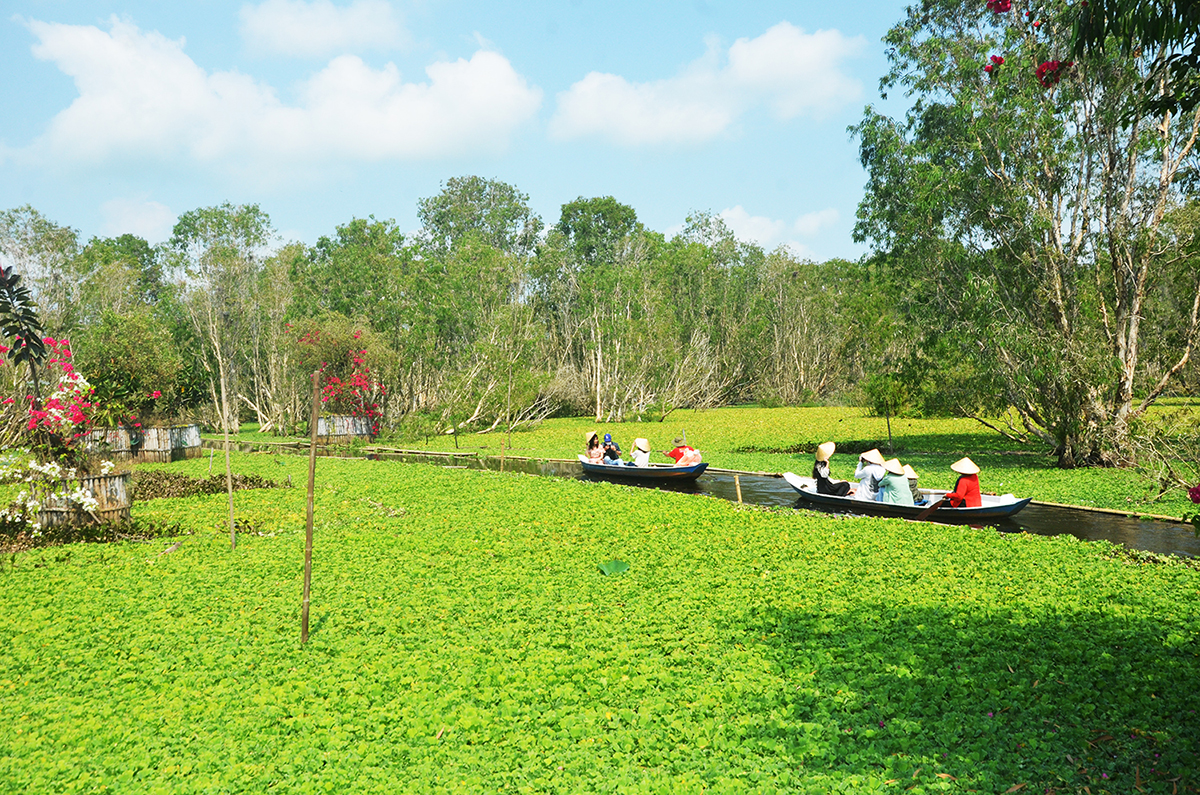
![[Photo] Vietnamese rescue team shares the loss with people in Myanmar earthquake area](https://vstatic.vietnam.vn/vietnam/resource/IMAGE/2025/4/6/ae4b9ffa12e14861b77db38293ba1c1d)
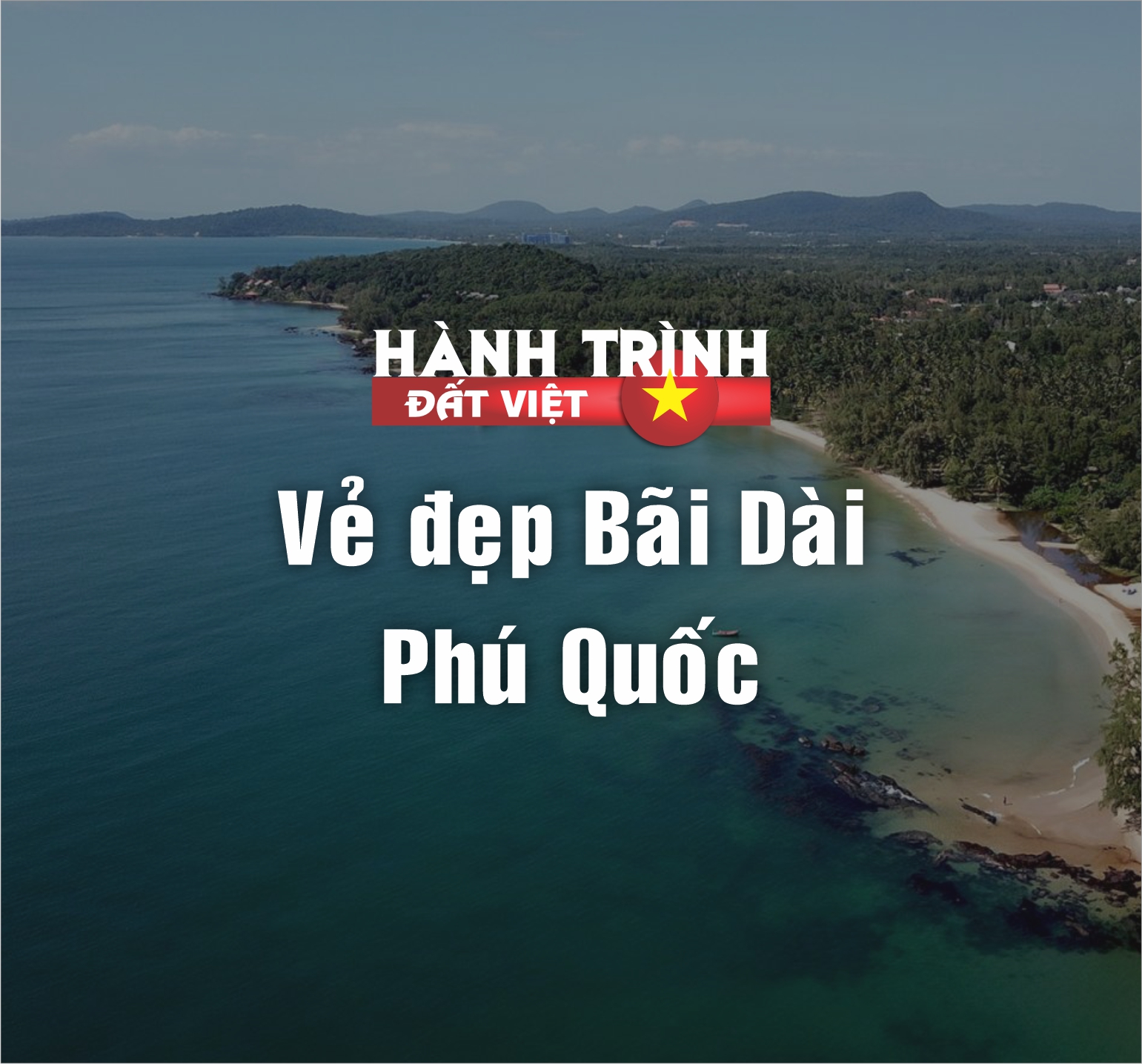
![[Photo] Solemn Hung King's Death Anniversary in France](https://vstatic.vietnam.vn/vietnam/resource/IMAGE/2025/4/6/786a6458bc274de5abe24c2ea3587979)
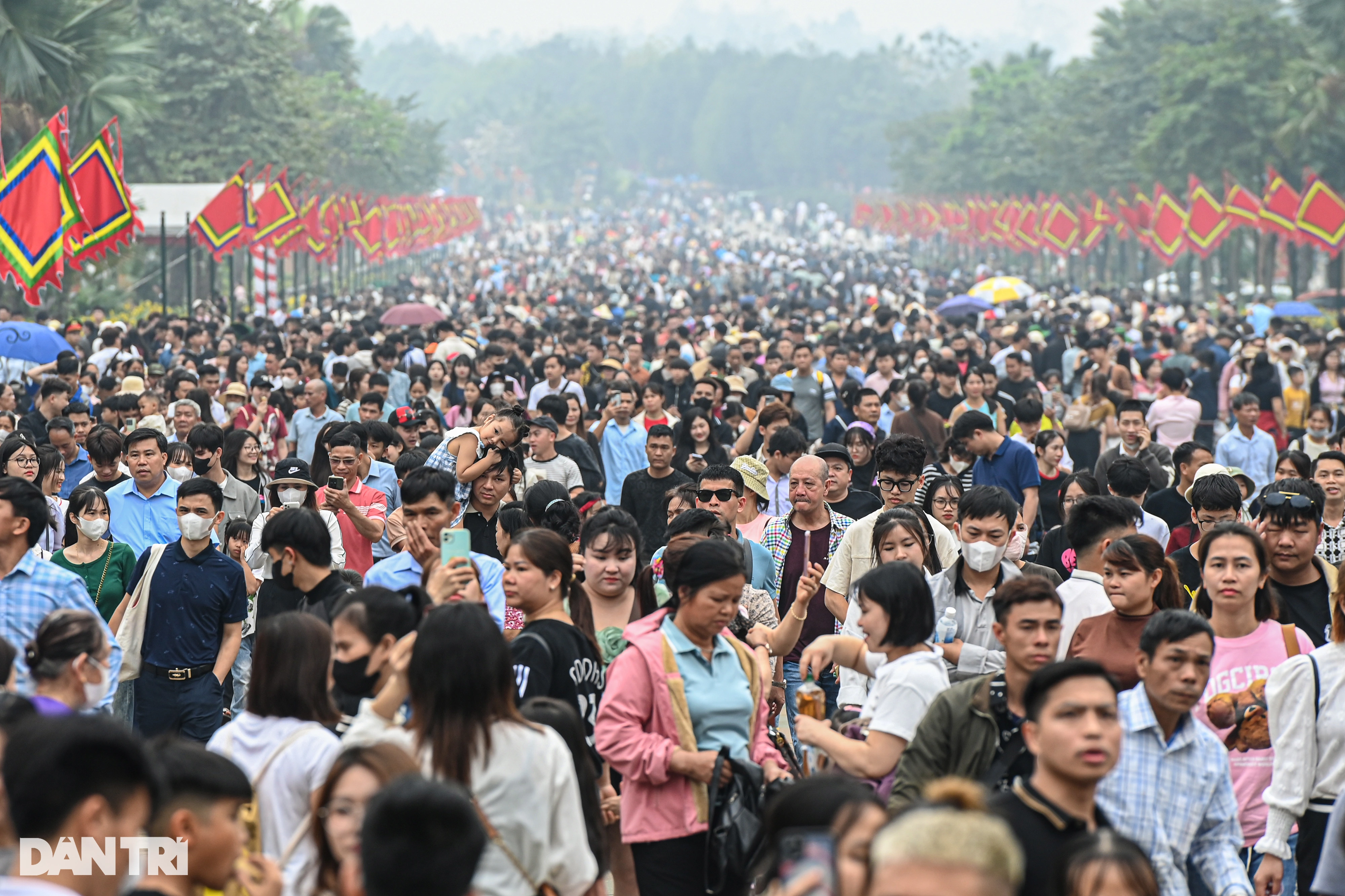

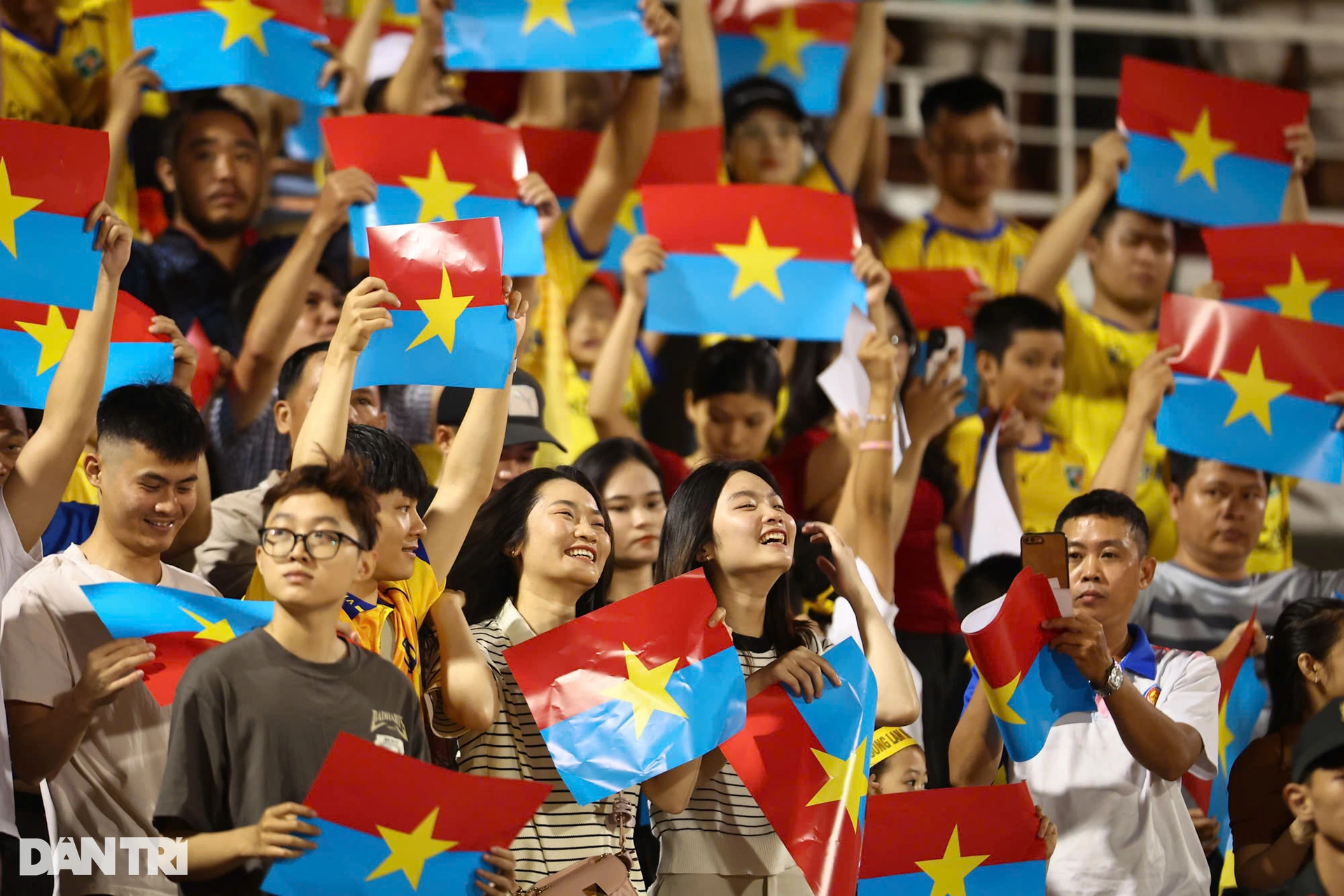
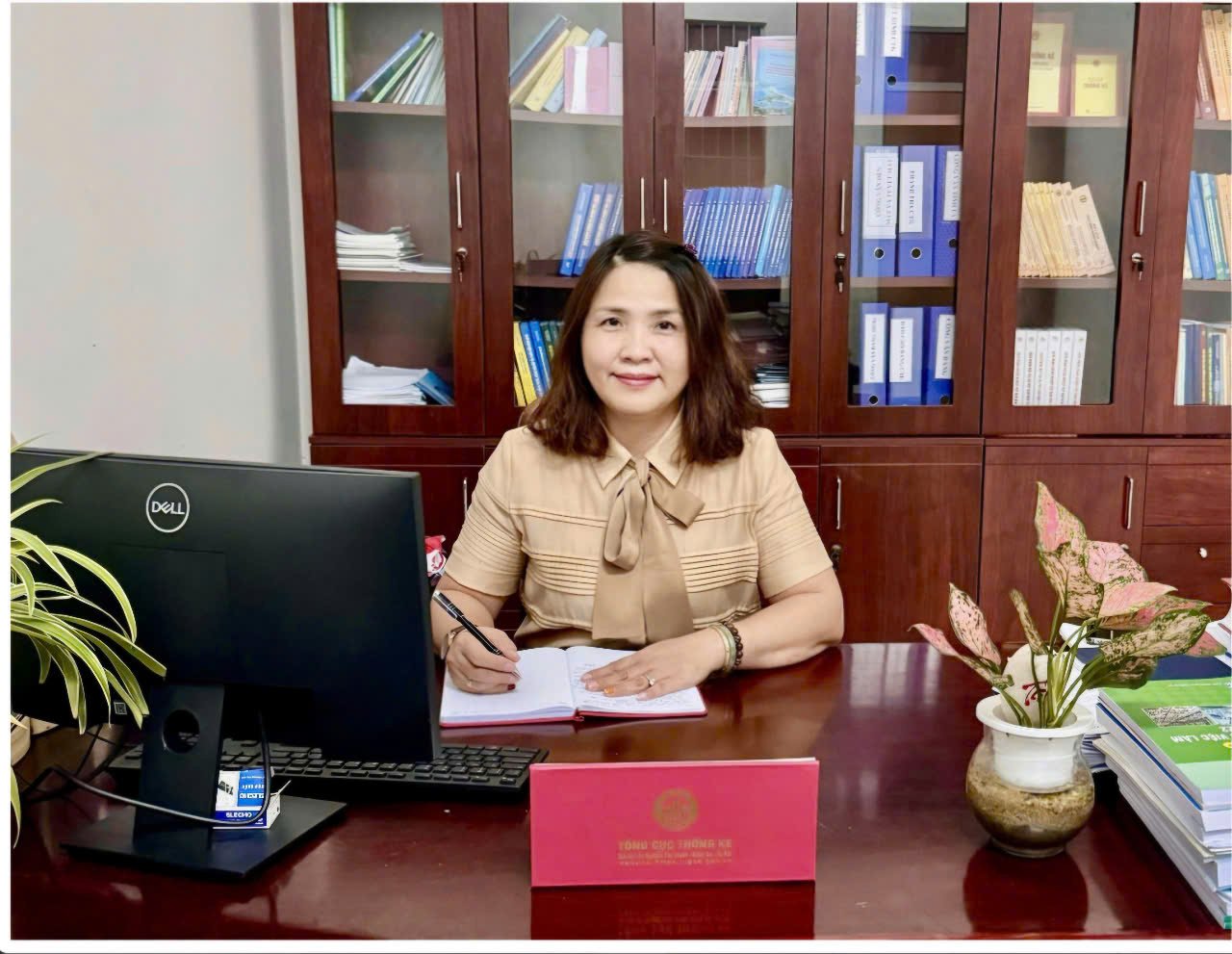
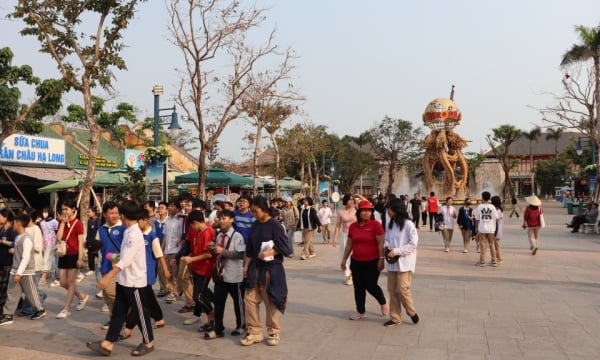
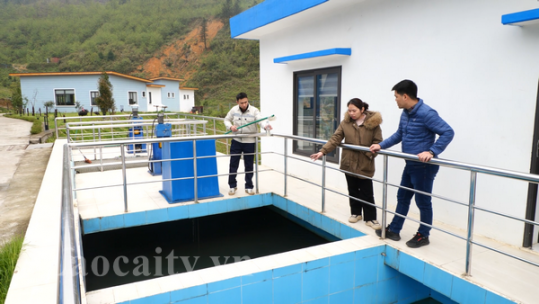
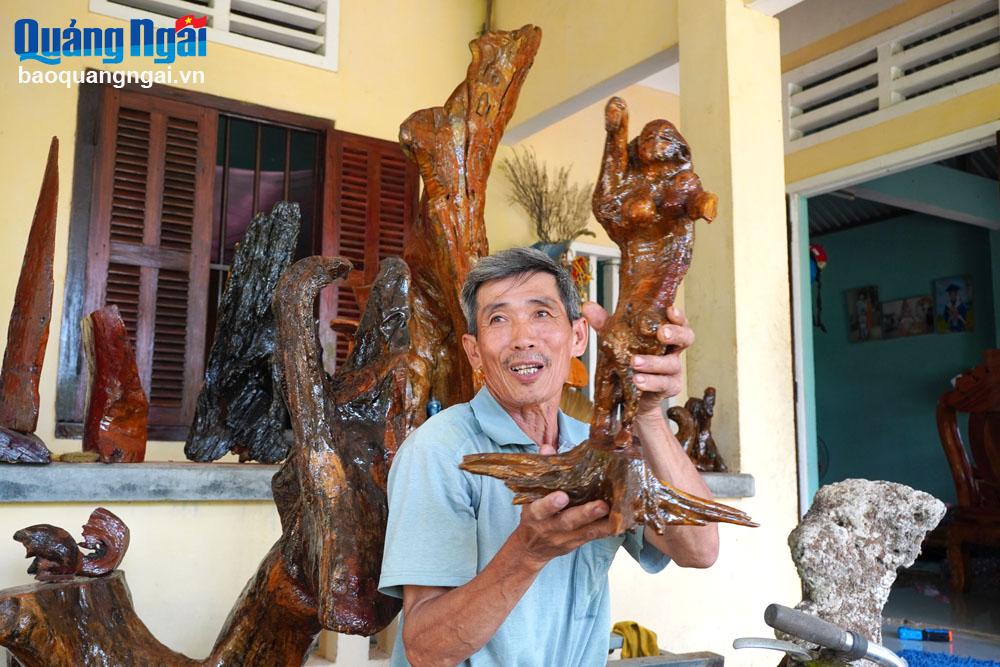
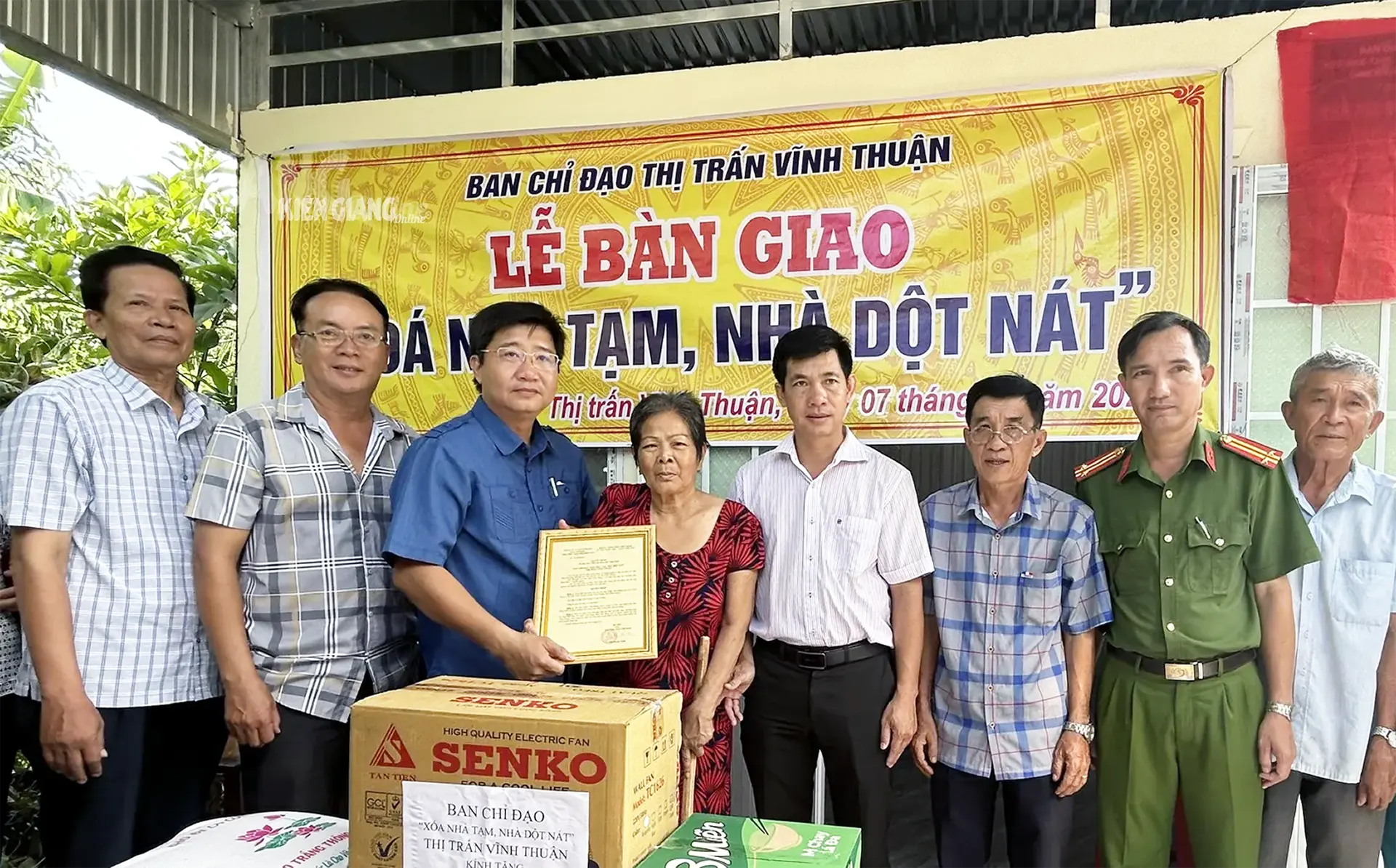
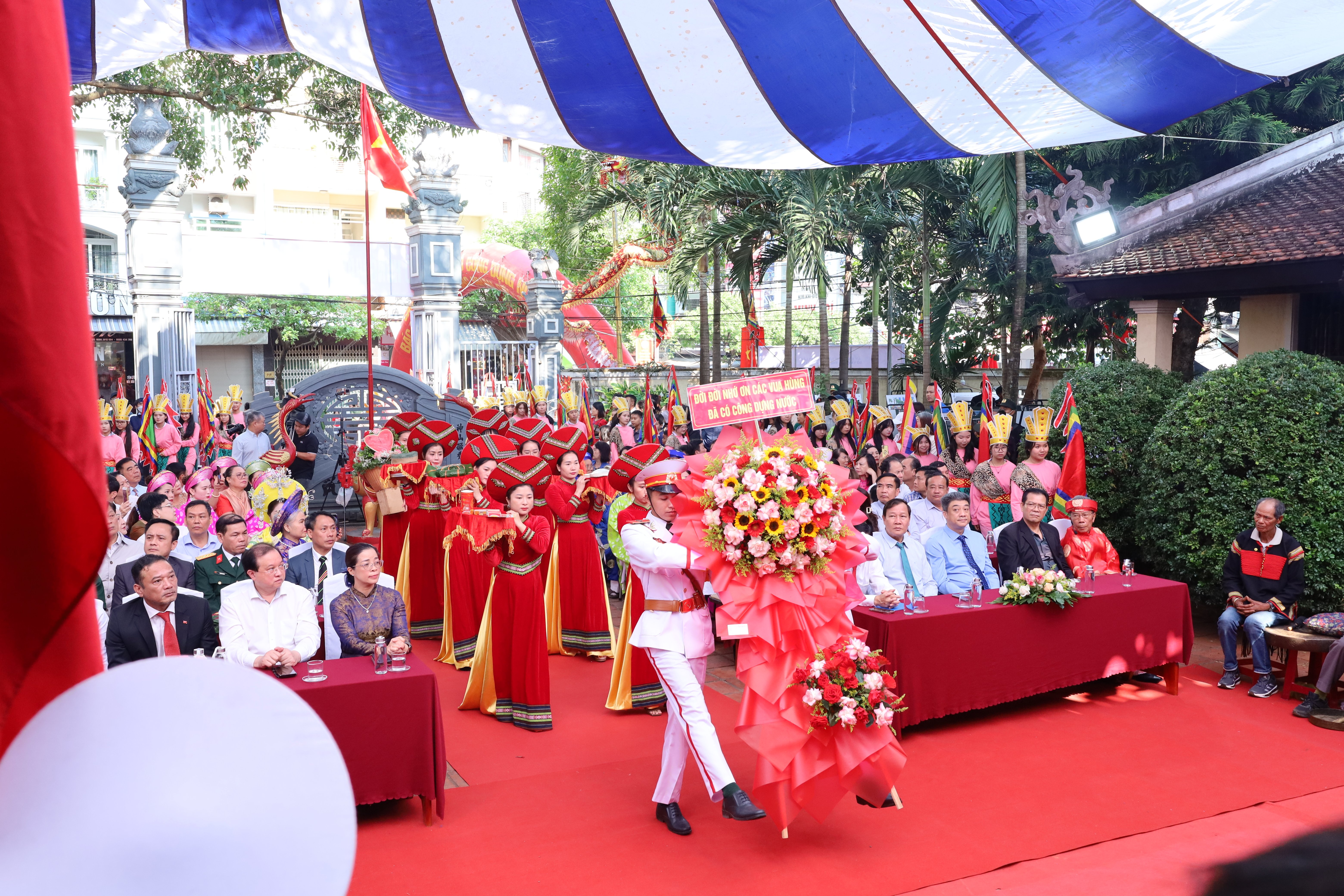
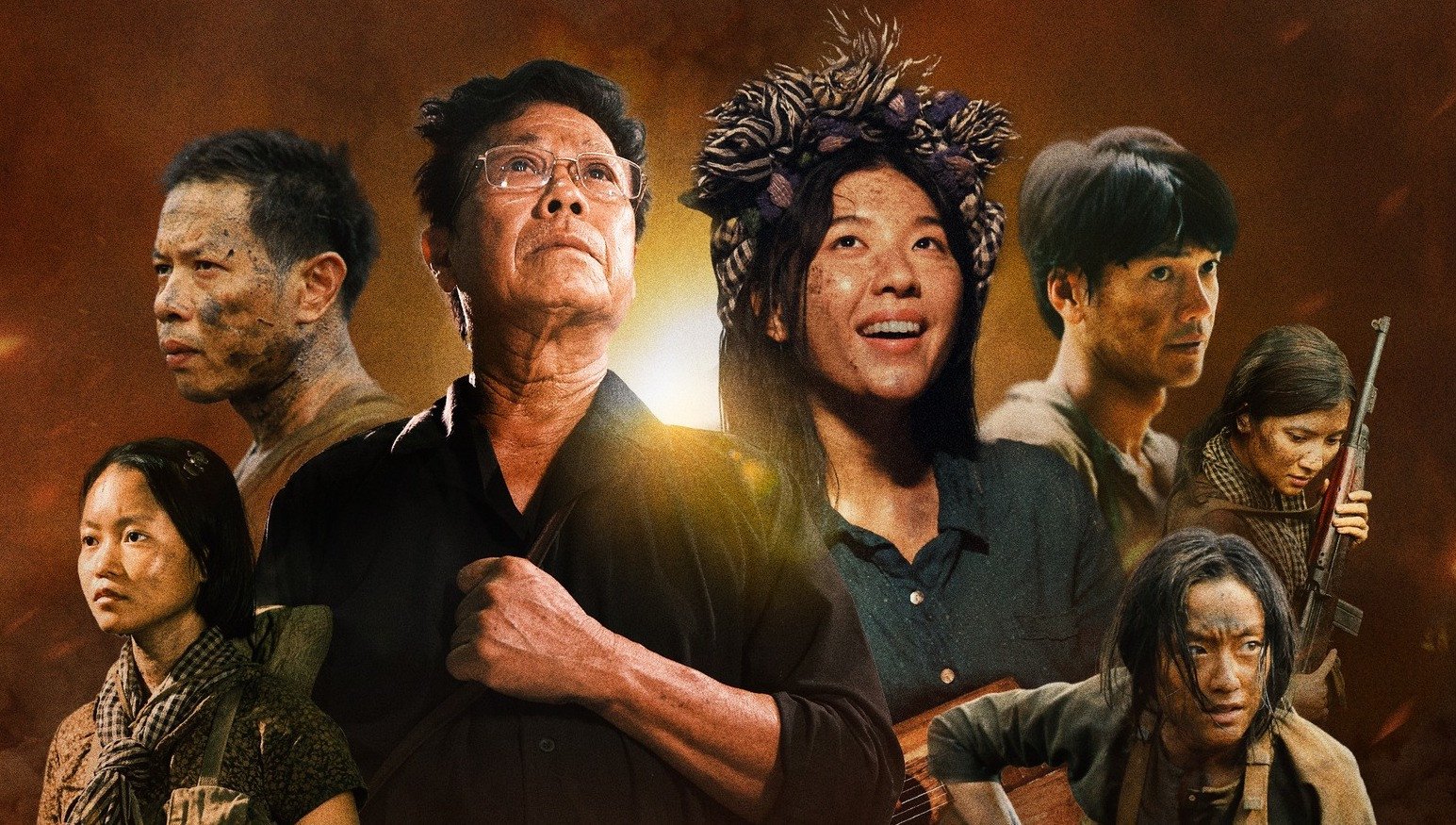
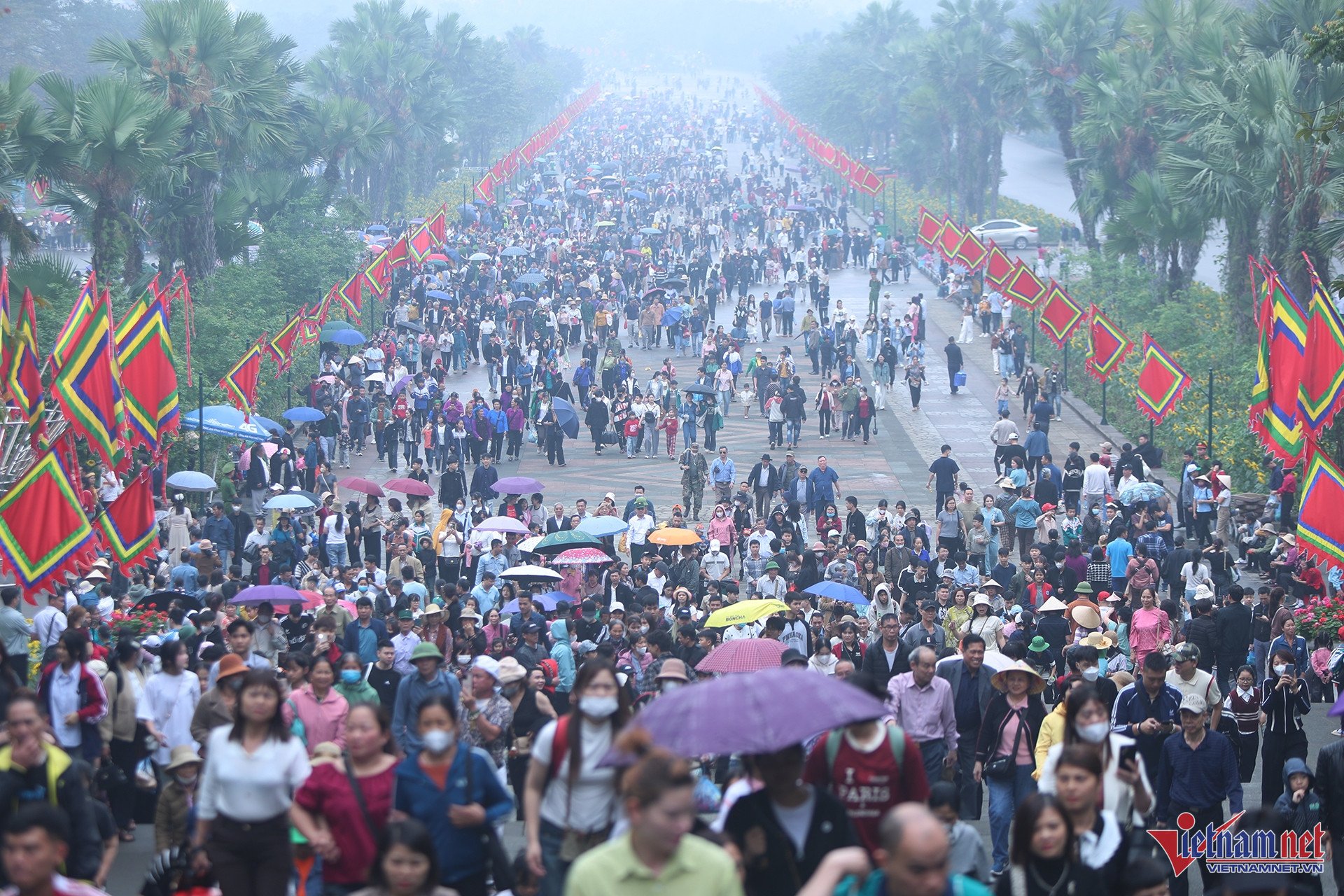
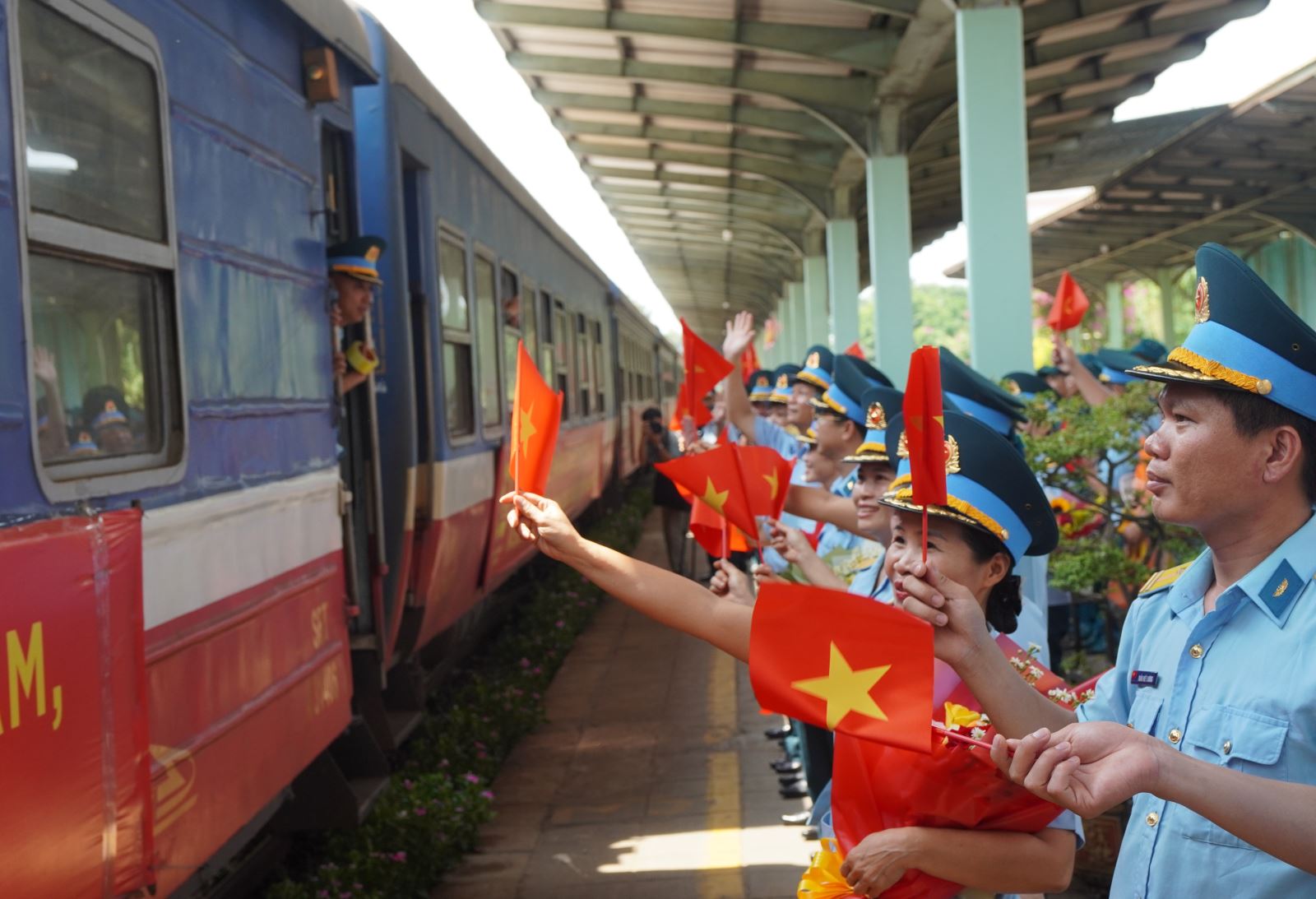
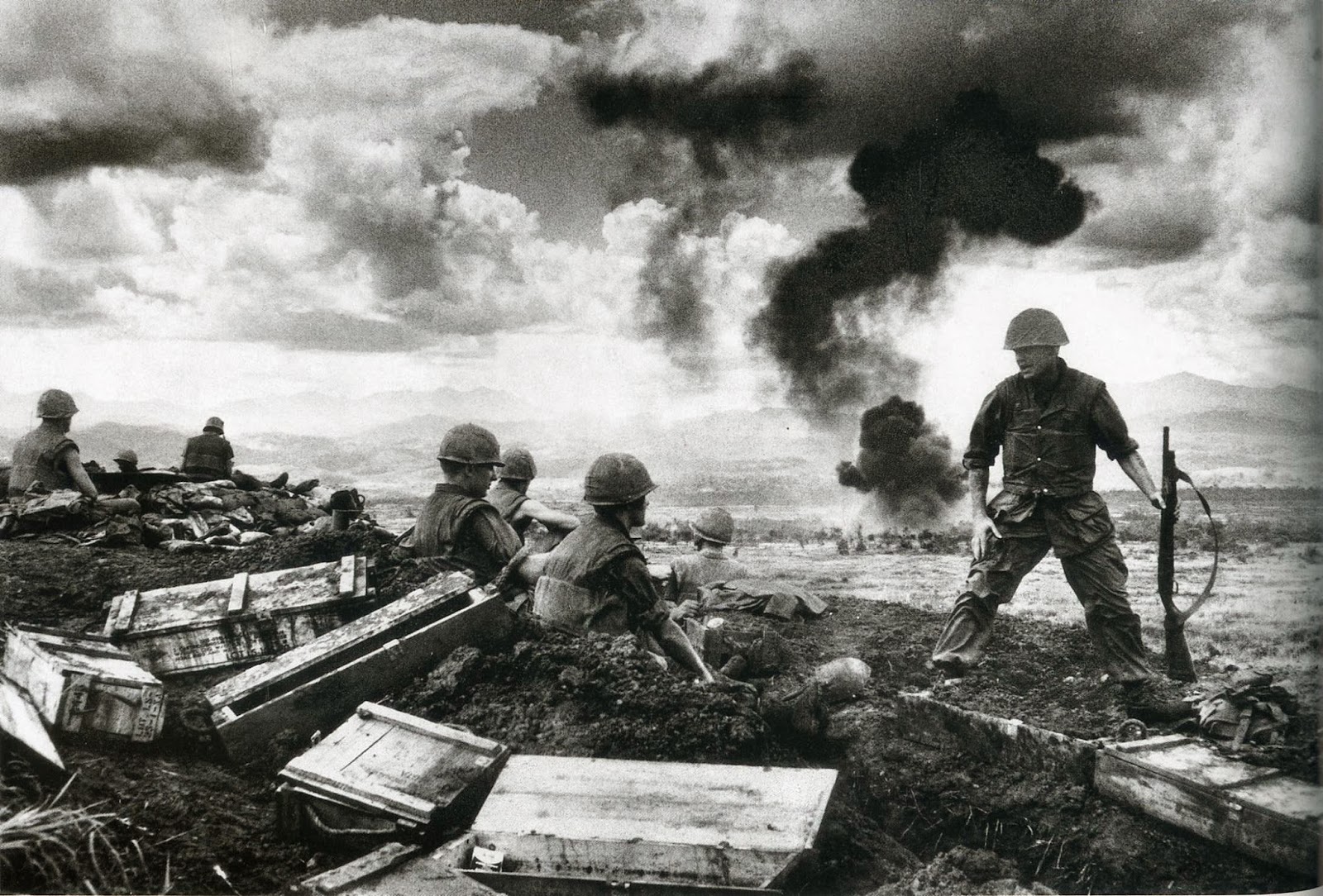
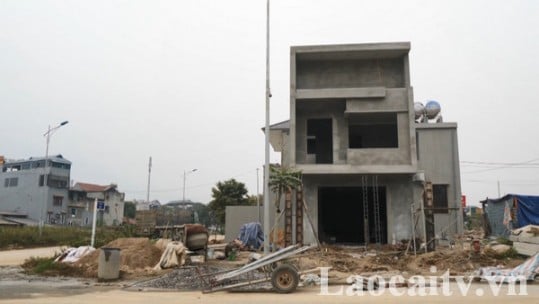

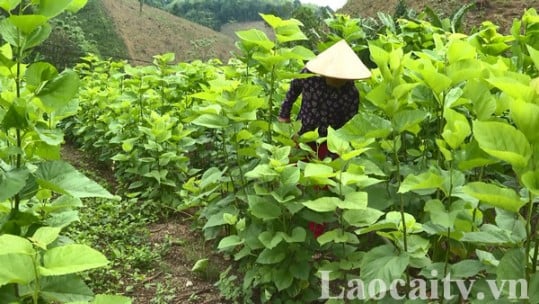
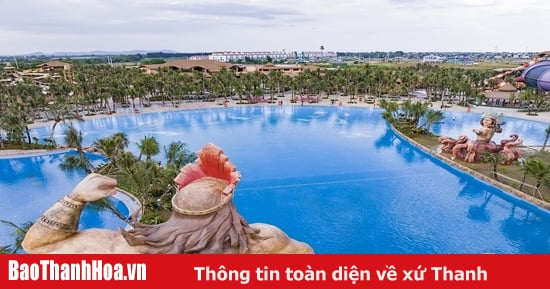
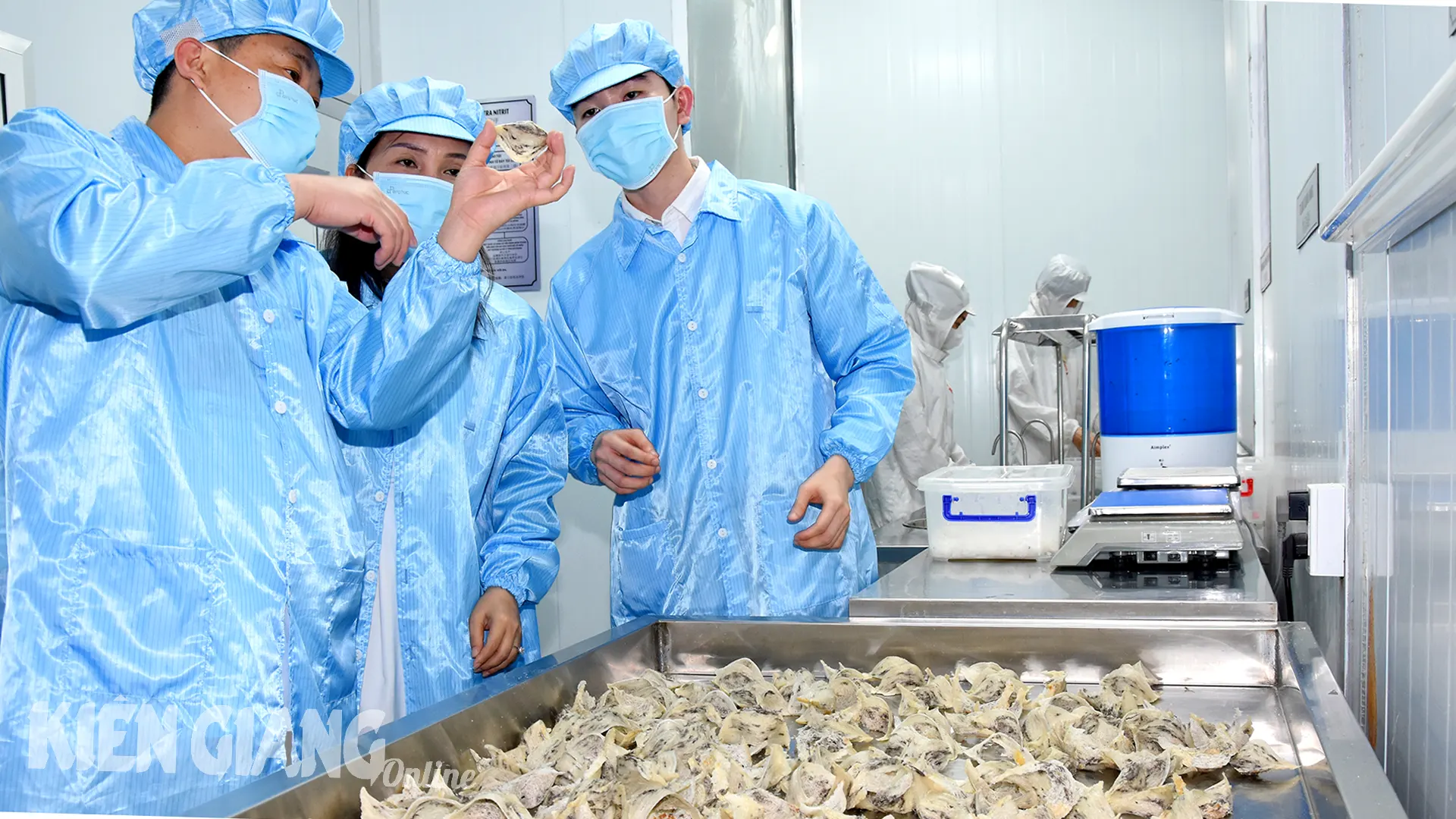
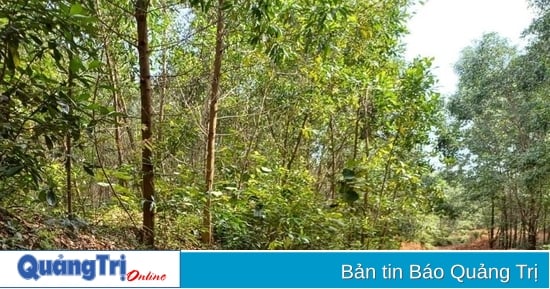
![[Photo] Prime Minister Pham Minh Chinh chairs the regular Government meeting in March](https://vstatic.vietnam.vn/vietnam/resource/IMAGE/2025/4/6/8393ea0517b54f6791237802fe46343b)

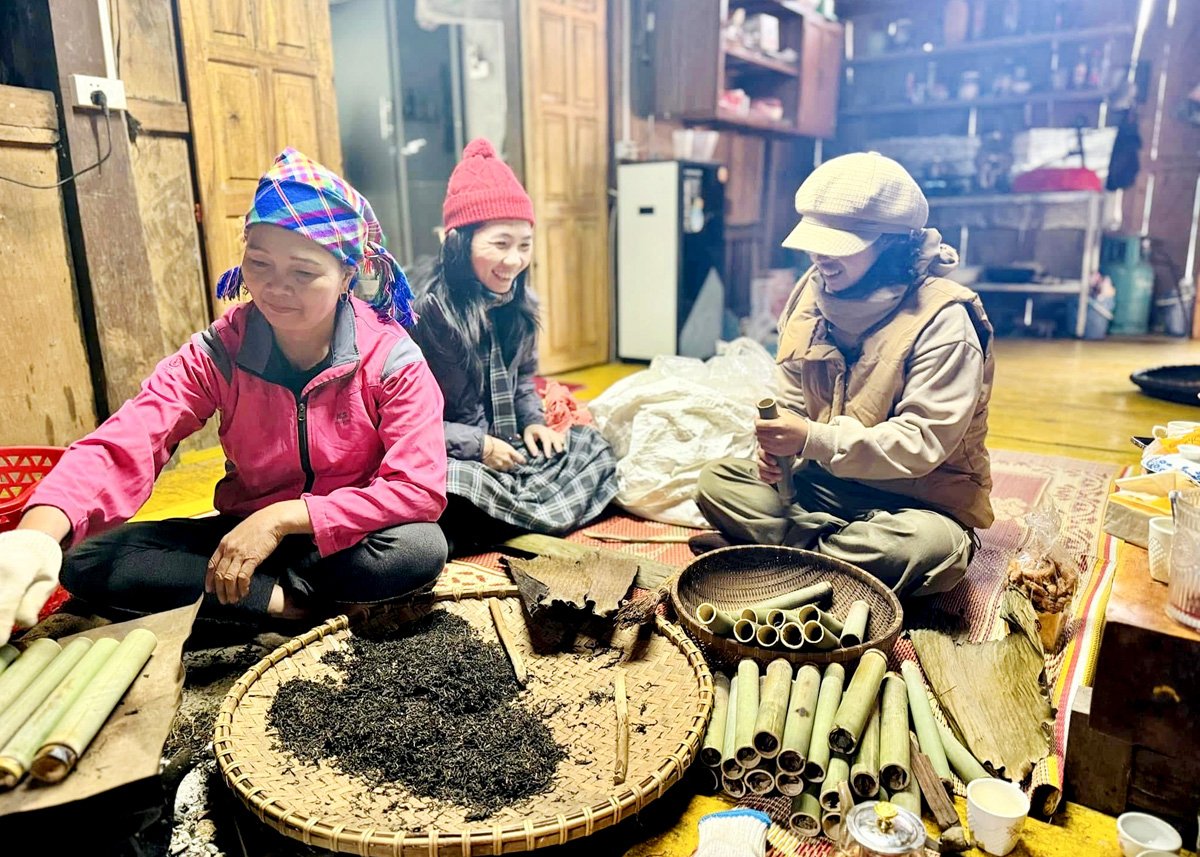

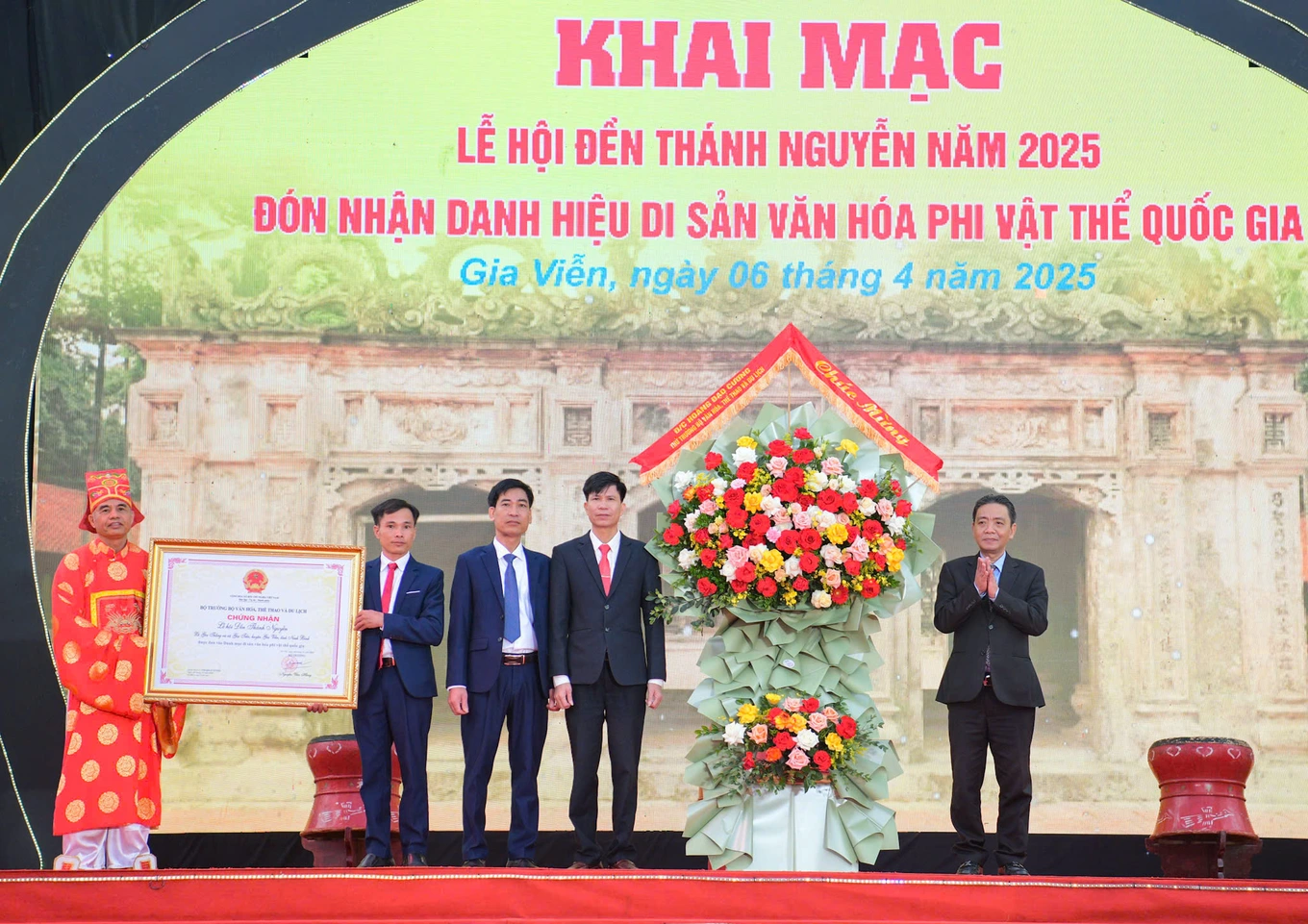



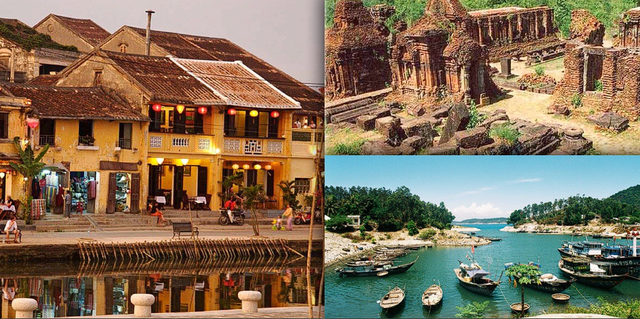

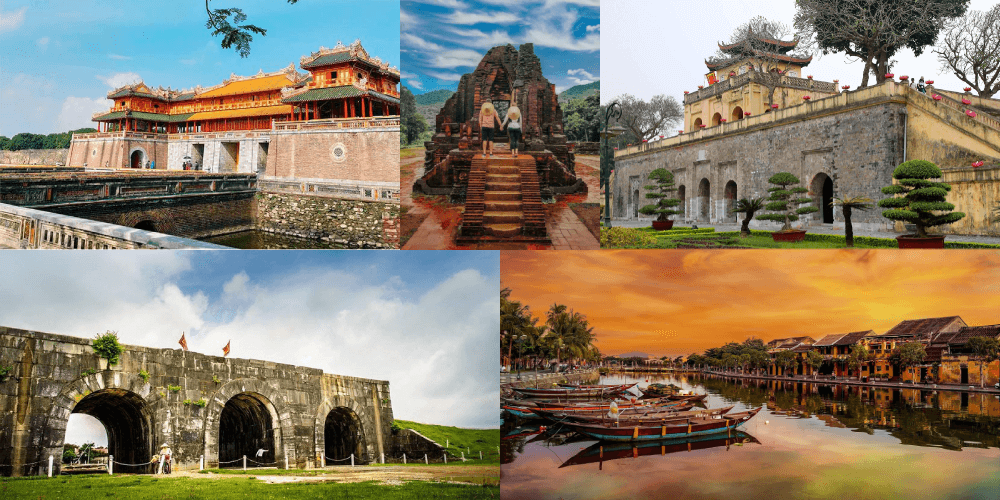

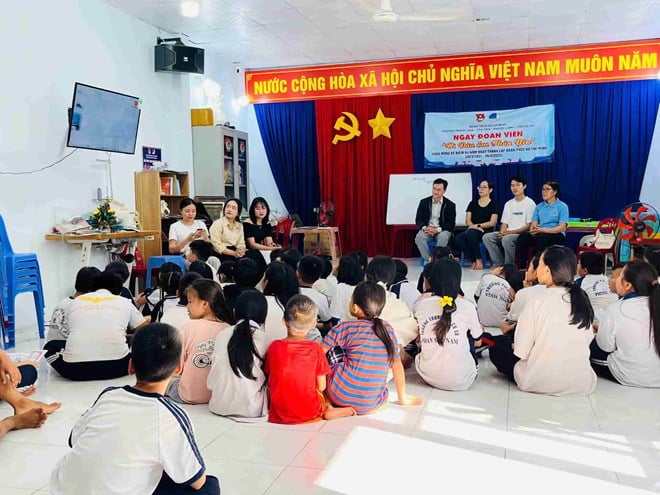



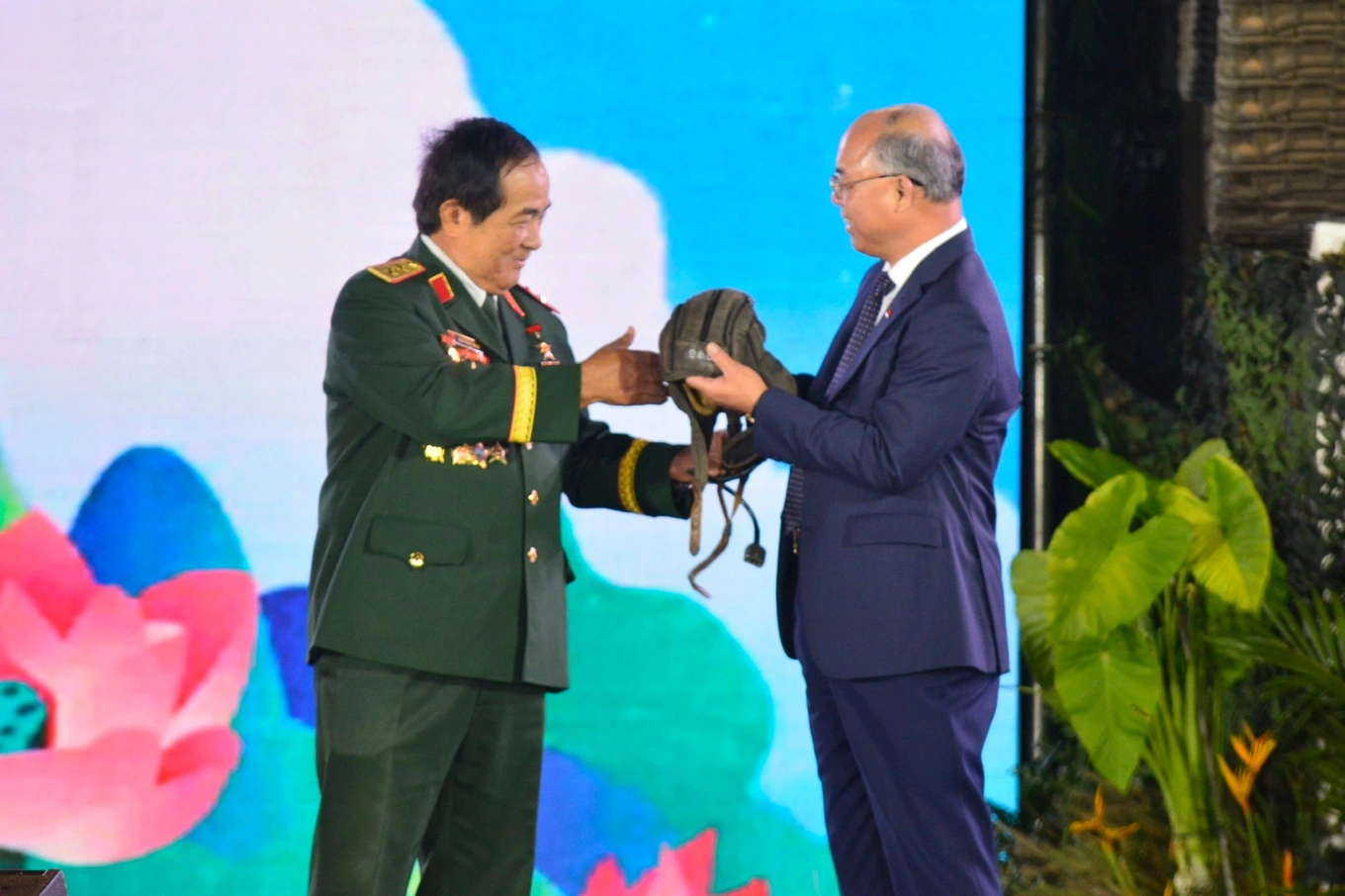
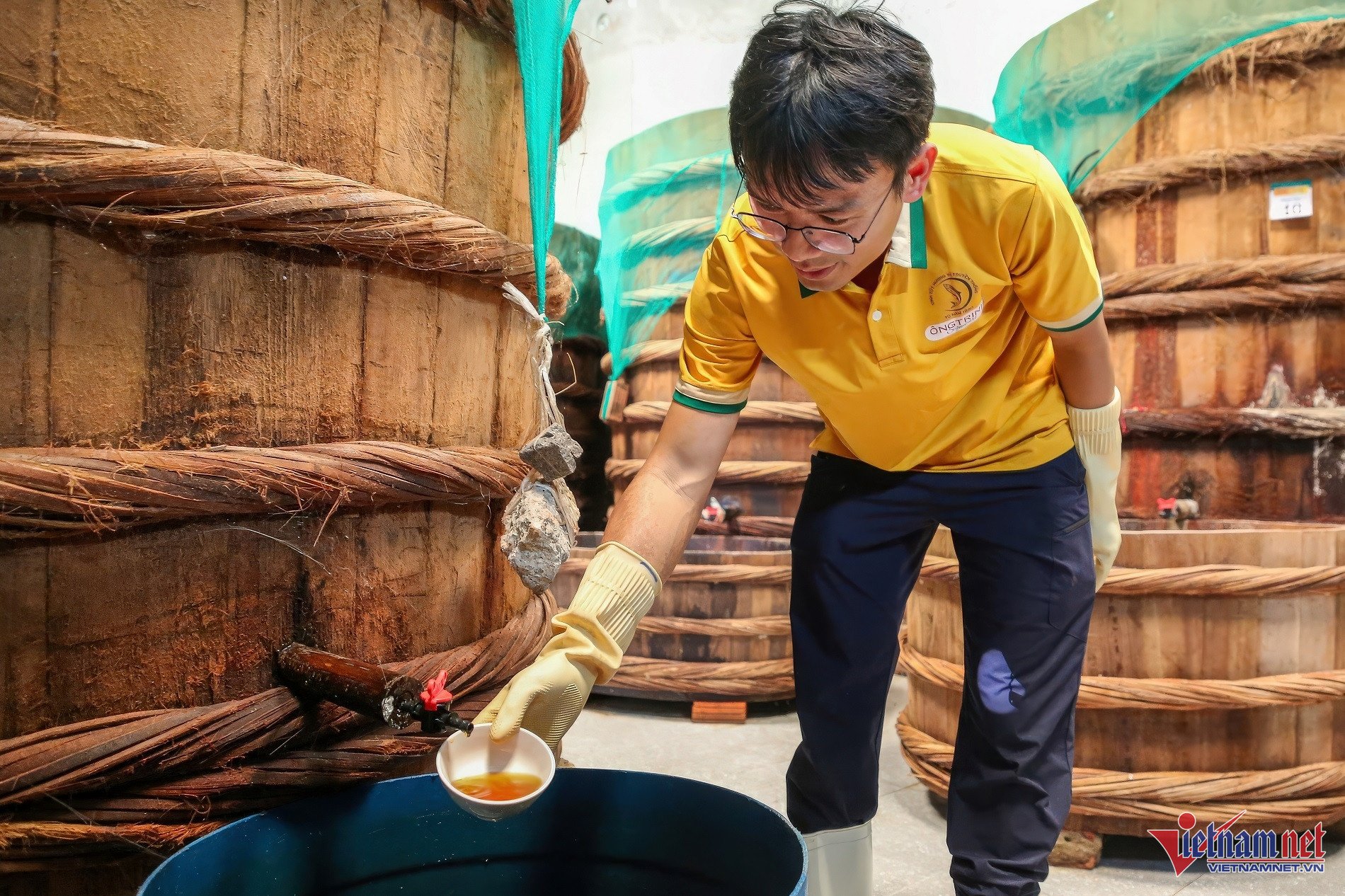

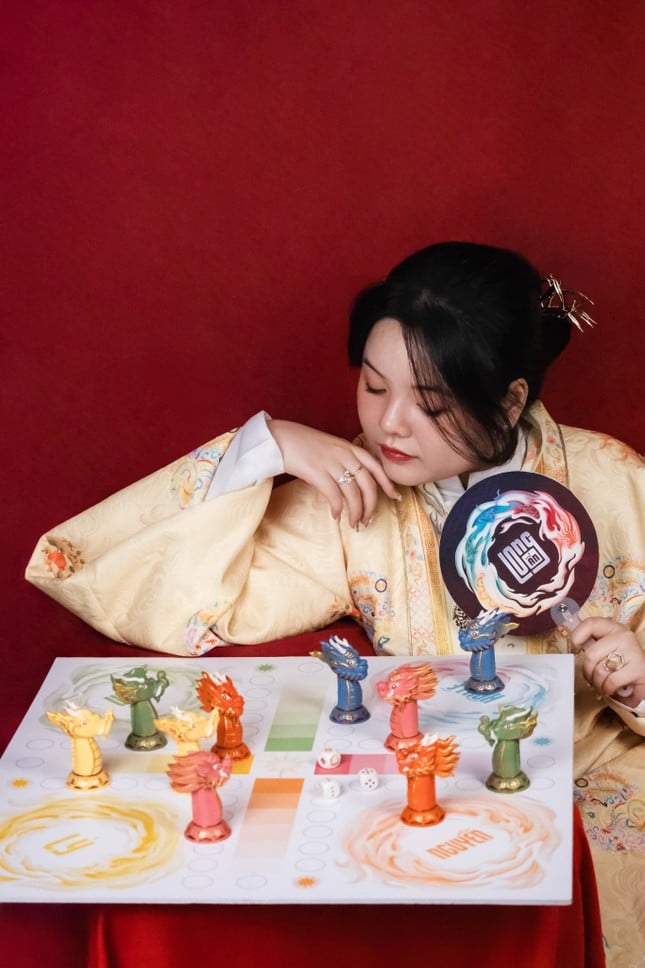




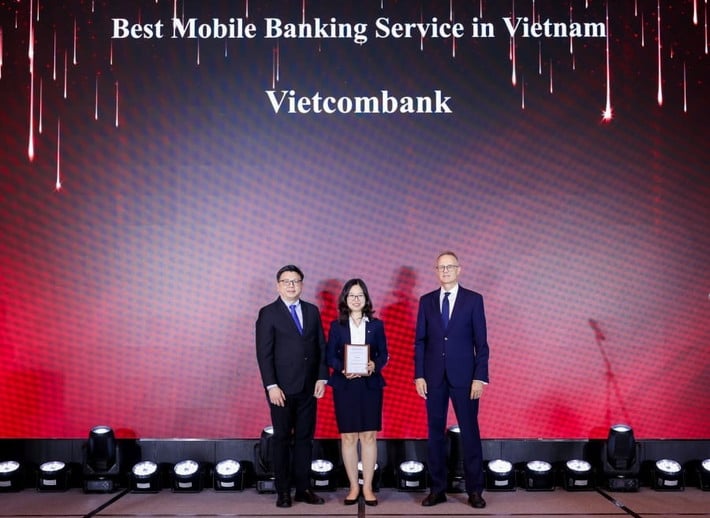

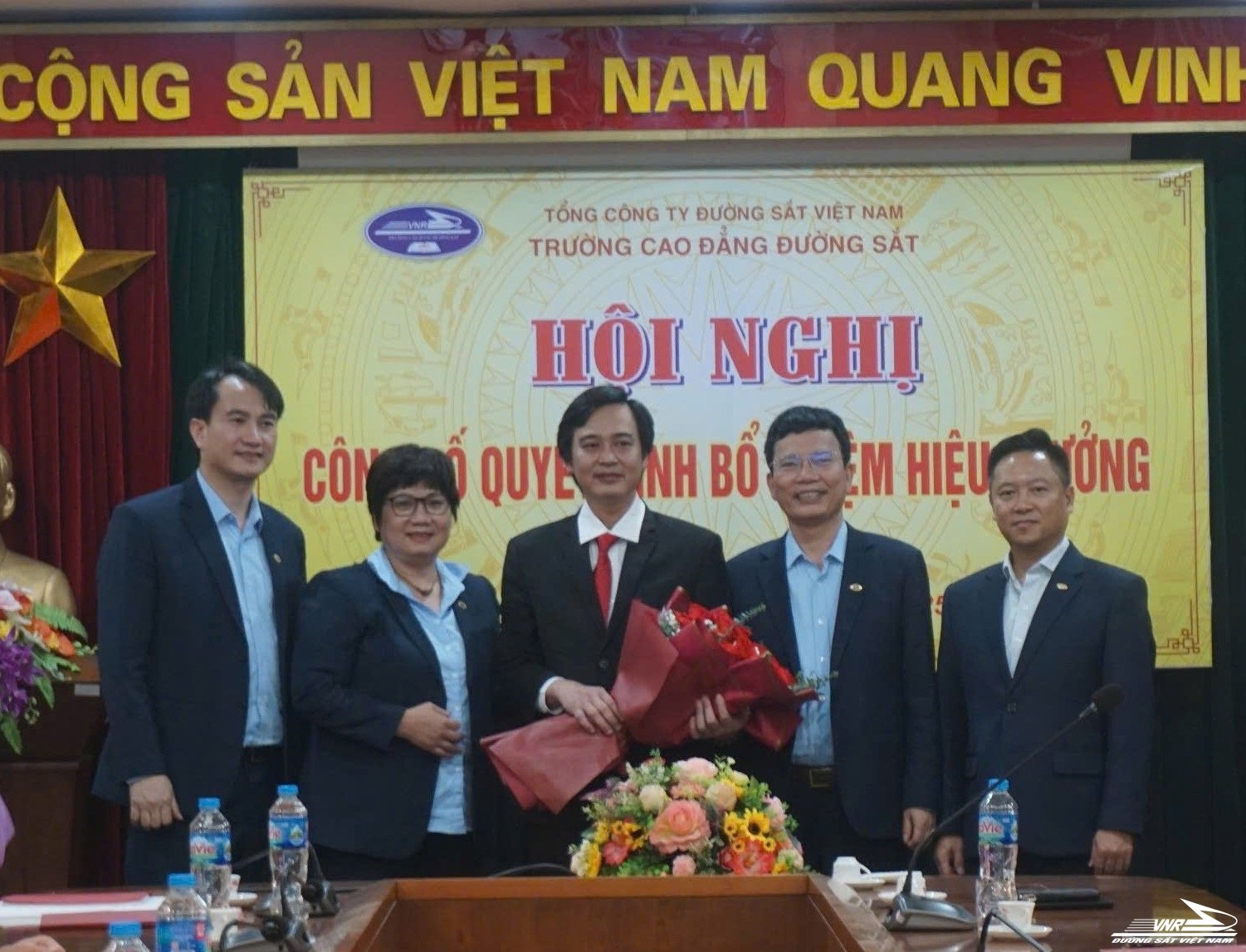
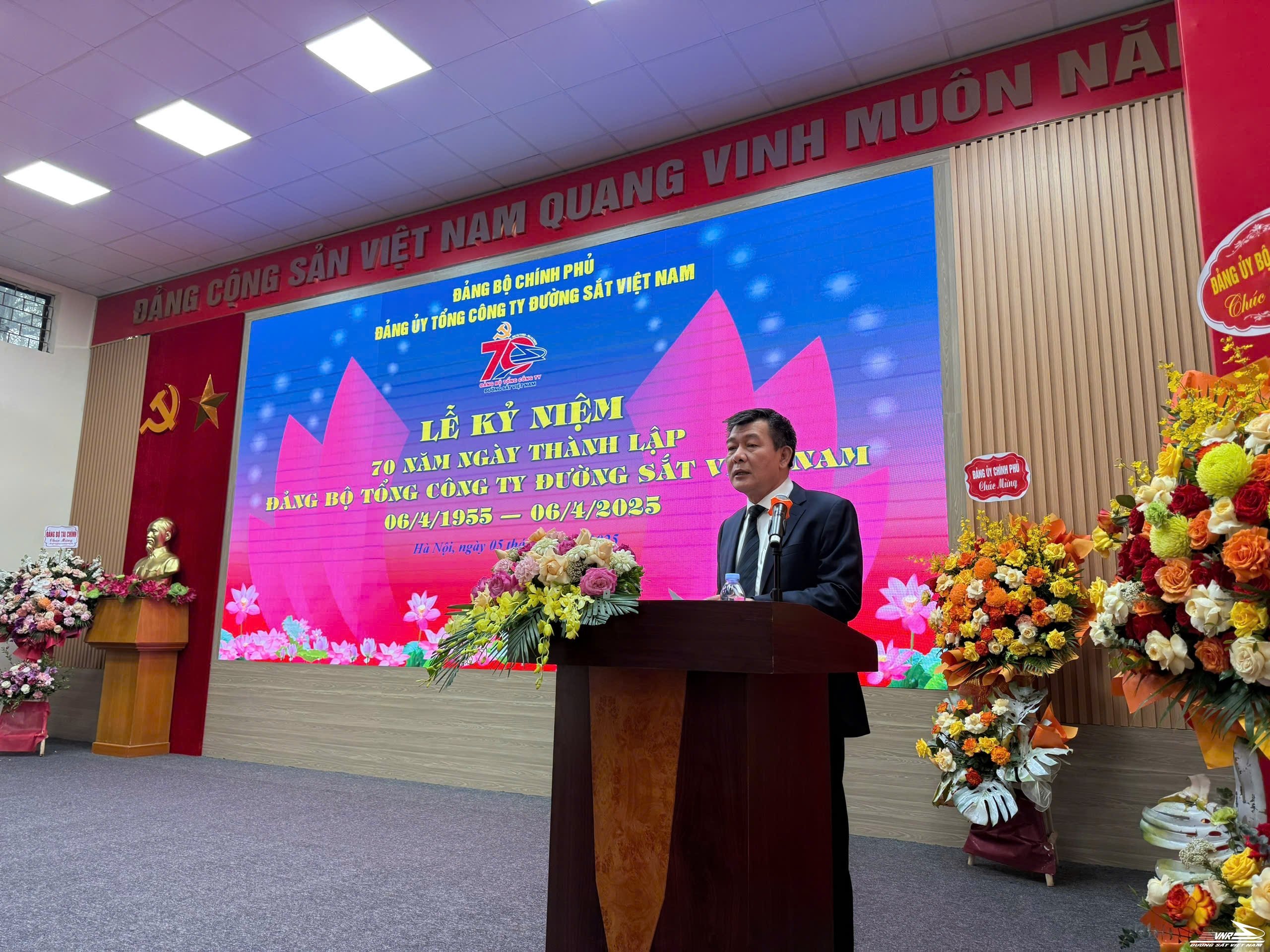


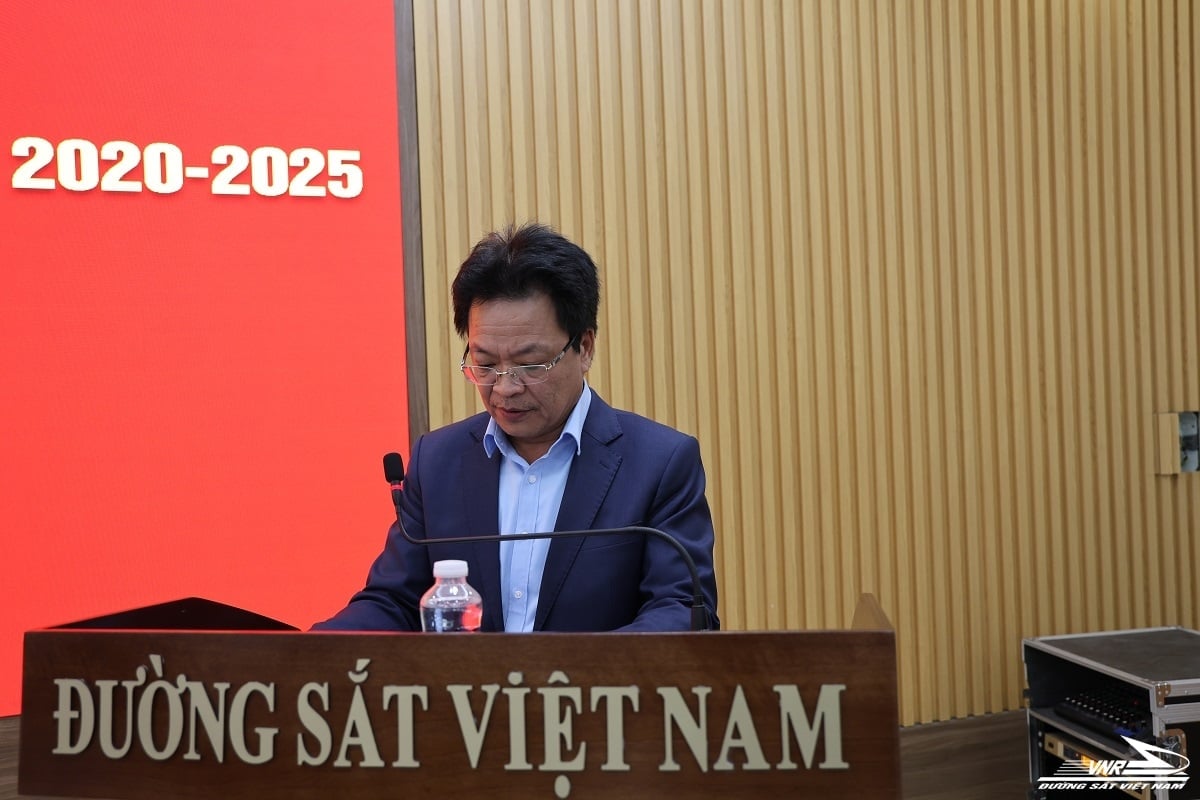
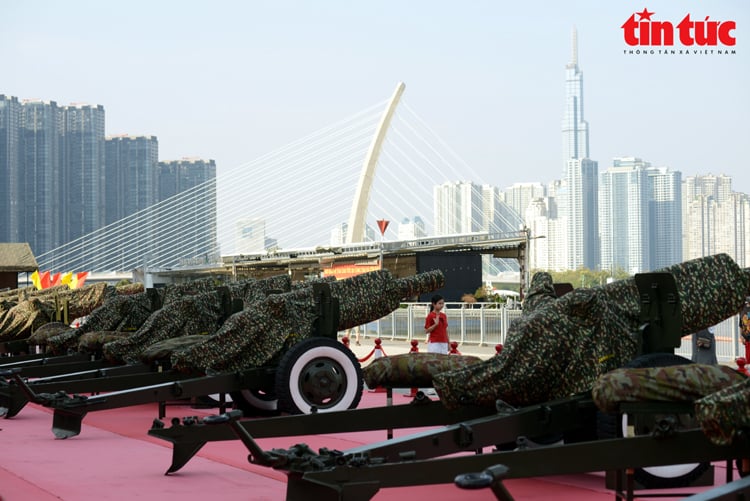

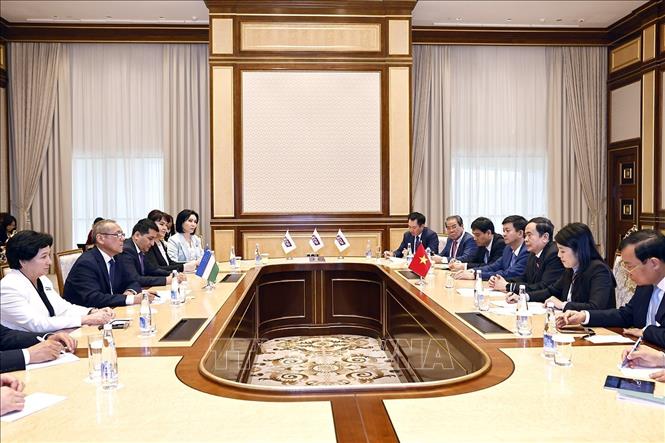
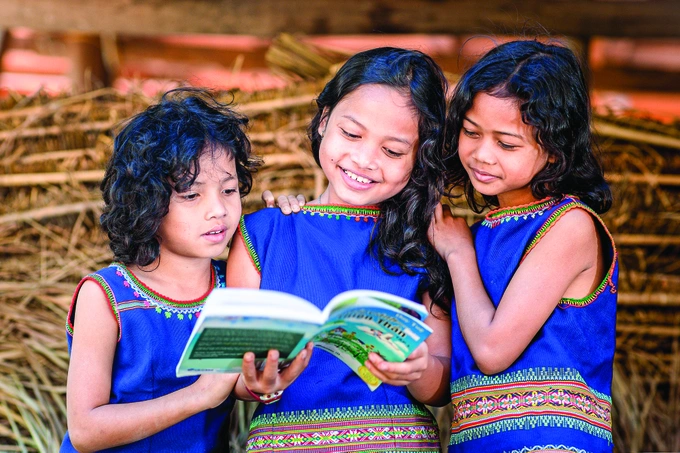

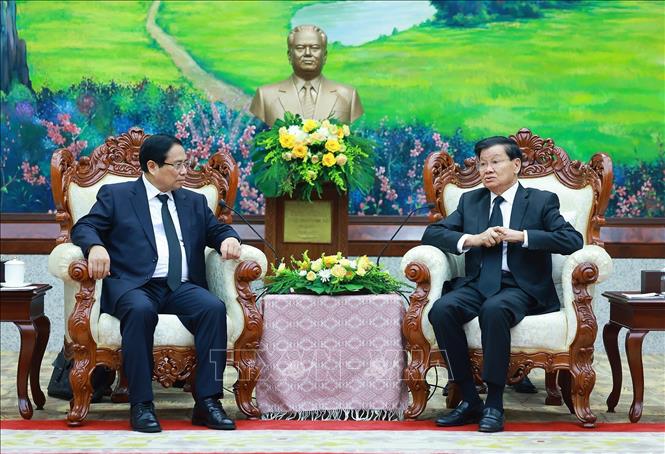
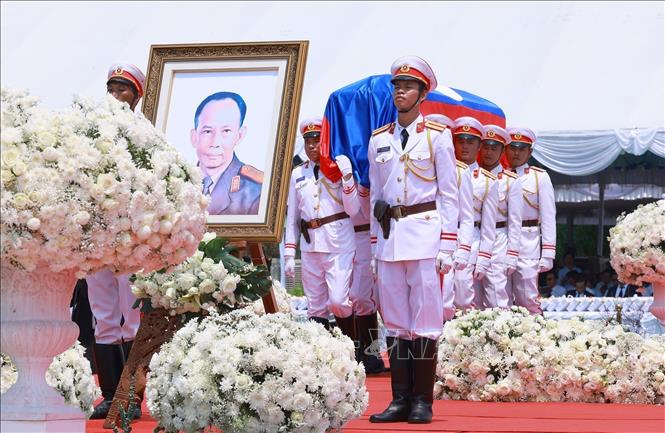










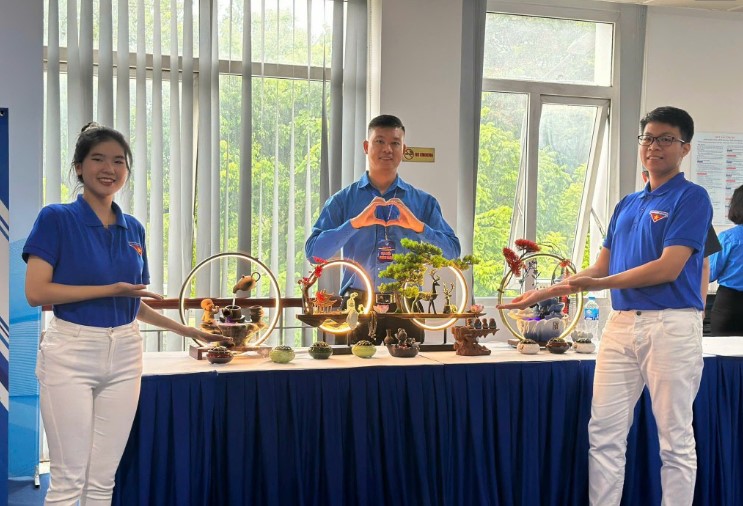
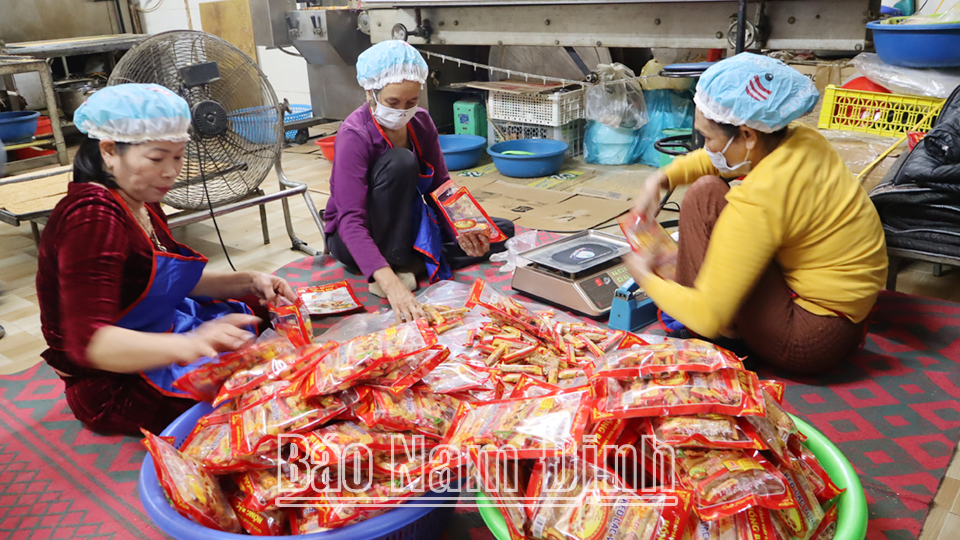





Comment (0)